Q&A – Ask Neil: August 25, 2022
(Please read these instructions carefully.)
We’ve received really nice comments on this much-expanded way of addressing questions I’m asked. Before you post your own question, I might suggest you look at recent issues to see if someone else has already asked it. You might find your answer there.
How to submit your question…
• Click here to post your question.
• After you submit your question, a new window will pop up giving you the address to which you can e-mail a photo to accompany your question. Clear, medium-resolution photos. (Try to avoid low-res thumbnail photos, please, in case I have to zoom in to see things.)
• Please only post your question one time.
• One question per reader, please.
• Please use this only for posting questions – not for standard emails.
• Watch for your answer in the following week’s e-gardens.
• I choose those of greatest general interest. For example, plant IDs seldom make the cut.
• I must have your first name or initials.
• I must have your city or county. (Texas is a very large state.)
QUESTION 1
WHY IS REGULAR MONDOGRASS GOING DOWNHILL?
Question: I have seen your questions about dwarf mondograss, but I have regular mondo and it is also turning brown really fast, even though it is in the shadiest parts of my yard. I have been watering it 3 to 4 days each week for about an hour, but that hasn’t helped. What might be wrong? Anita M., Hico.
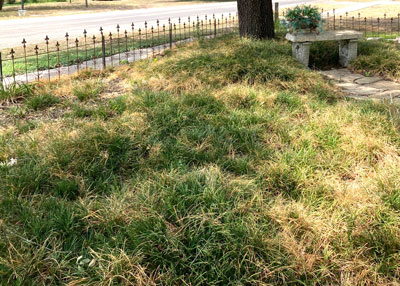
Answer: I’m going to answer based a lot on my own personal experiences. You probably know that this is my preferred groundcover for the shade – one that I recommend for wide parts of Texas. We live in a pecan forest in a rural area of Collin County northeast of Dallas. Over the years I have expanded my mondograss plantings to probably one-half acre to replace St. Augustine that has struggled with the increasing amounts of shade. This year, unlike any other summer, two of the 12 or 15 beds have had similar issues to what yours shows. I don’t really think it’s disease-related, because diseases such as the crown rot that attacks liriope and dwarf mondo usually shows up in wet seasons, and the areas impacted in my landscape are certainly not the wettest parts. But I have gone out of my way to keep them watered. There is some tendency of my beds to brown around the edges where I have a Pavestone drive, so that could suggest that the soil has gotten dry there. (I tend to obsess about allowing sprinklers to spray onto the drive.)
So here is where we both should be now: with the rains of the past week, let’s watch the browned areas and see if they continue to expand. If they do, then we probably ought to send a collection of samples of the dying (not dead) plants to the Plant Disease Clinic at Texas A&M to let them culture the plants – just to see if there might be a pathogen involved. They do charge for that service, however, so I would only do that if you’re reasonably sure that the problem is still active after the rains. In my case, I’m going to rake as much of the dead foliage as I can out, then I’ll apply a lawn fertilizer and water the beds well.
I might add that as I was doing my final proofreading at 3:45 this afternoon (Thursday, August 25), I walked out into the yard to look at my mondograss beds. Compared to last week before the rains, they look monumentally better. I think heat and especially drought were their prime enemy. I hope you find the same is true for your planting.
QUESTION 2
WILL JAPANESE MAPLE BECOME ACCLIMATED TO THE SUN?
Question: I planted an Emperor Japanese maple in front of my south-facing house in March. It barely withstood the cruel summer heat. Should I transplant it to a shadier spot, or will it grow more tolerant of the sun each year? Lindsey S., Murphy.
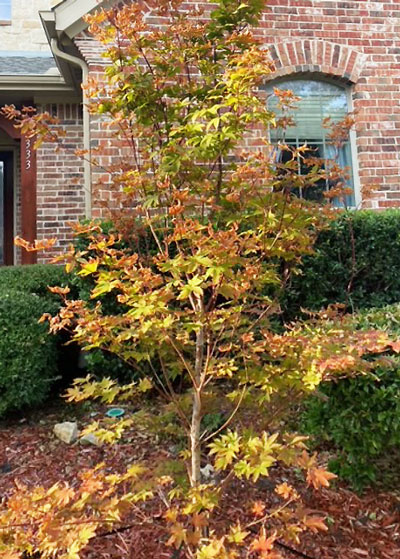
Answer: It will face the same issues every summer. Japanese maples must have shade, preferably all day, but certainly after 9 or 10 AM all day when you try to grow them from I-45 west in Texas. Not only are temperatures high, but humidities are low. Those two factors combine to cause them serious challenges with leaf scorch. Move it to a location where it will get full shade. Do so after it is dormant this winter (after the first hard freeze).
QUESTION 3
WHAT IS CAUSING LIVE OAK BARK TO SPLIT?
Question: Our 15-year-old live oak’s trunk has an opening where the bark is separating from the inner part of the tree. Are we losing the tree? What can we do? Debbie B., The Colony.
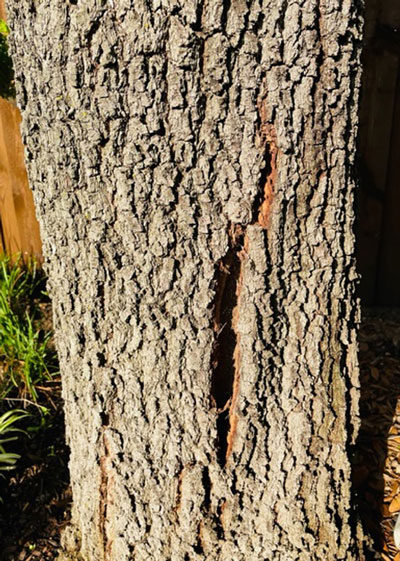
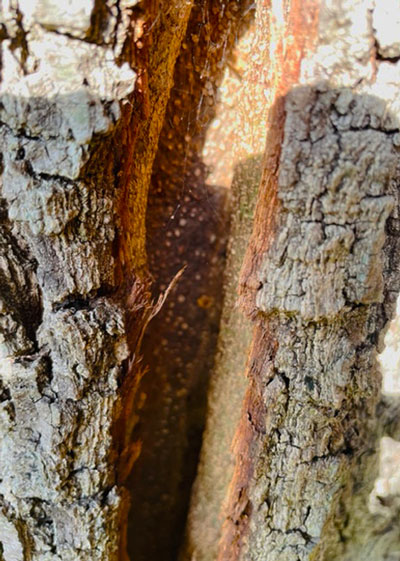
Answer: This is the “radial shake” you may have seen me write about here in e-gardens. Click here to read what I said to Sallie S. on June 9 (answer to Question 4). Radial shake is the result of the extreme cold of February 2021. There isn’t anything you can do to help the tree. Do not cut or peel the bark. Let the tree try to heal itself naturally. If the tree has good leaf growth it should be fine. If it’s really sparse, then you might lose it. In between, only time will tell. This doesn’t look too severe.
QUESTION 4
ARE BUFFALOGRASS OR CLOVER VIABLE ALTERNATIVES TO TURFGRASS?
Question: After this summer I’m interested in alternatives to traditional turfgrass. I’m considering buffalograss or clover. Our neighbor has St. Augustine. Otherwise, my lawn is bordered by concrete. It’s full sun with no shade trees. Advice? A.S., Denton.
Answer: Don’t go with either of those! Within 3-5 years buffalograss will be overtaken either by common bermudagrass or St. Augustine. There is no herbicide that will kill grasses in buffalograss without killing the buffalograss. Bermudagrass always invades it just from seeds from the neighborhood. And clover will really struggle with the heat. It gets a very hard “No.” Common bermuda is our best heat- and drought-tolerant turfgrass for Texas.
QUESTION 5
CAN WE USE A STUMP-ROTTING PRODUCT NEAR A LIVE OAK?
Question: We cut down a sweetgum tree that had died. I’d like to get rid of the stump. Can I drill holes into it and pour a stump-remover product into the holes? Would it be harmful to the live oak that is only 12 feet away? Carol M., Richardson.
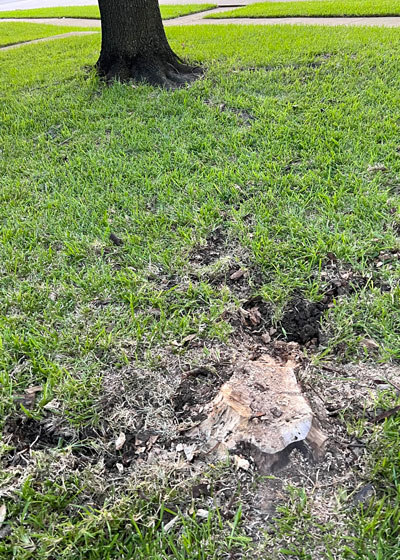
Answer: If this were my yard, I’d start by digging around the stump with my sharpshooter spade to expose the lateral roots. It looks like the stump is already decaying, so the roots probably are, too. Once all of the roots were visible, then I would cut them with a long-handled axe. (You can’t put a chain saw into soil.) Then I would wrap a log chain around the root system and hook it tightly to a trailer hitch. I would pull it out gradually using low gear. Have everyone stand far away in case the chain should snap. By doing it that way you’ll be rid of the stump right away. It is not nearly as hard as it sounds from my writing, especially for a sweetgum, and especially if it is already rotting. To answer your question, however, if you are careful in drilling so that you don’t penetrate the stump and come out the other side into the ground, you could use the liquid stump-rotting material. But it’s still going to take several years.
QUESTION 6
WHY DOES APRICOT NOT BLOOM?
Question: My 8-year-old apricot tree has never bloomed, so therefore, has never had fruit. What is wrong with it? Jay M., Weatherford.
Answer: The varieties most commonly recommended by Texas A&M fruit specialists are Bryan and Moorpark, but they hasten to add that apricots are one of our least dependable fruit crops for most of Texas. They try to bloom too early, and most years those buds or blooms will be killed by freezing weather. You’re lucky to get any kind of a crop one year out of four or five. Think about the weather of the past several Februarys. Apricots didn’t have much of a chance.
QUESTION 7
WHY DO MY ROSES START OUT WELL, BUT THEN STALL?
Question: Why do my roses stop growing as soon as the hot weather hits? I planted new roses again this year and they started off well in early spring, but they stalled when summer’s heat arrived. Does the large mulberry tree hog the water? Terry N., Marfa.
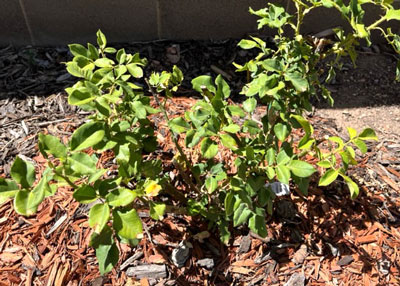
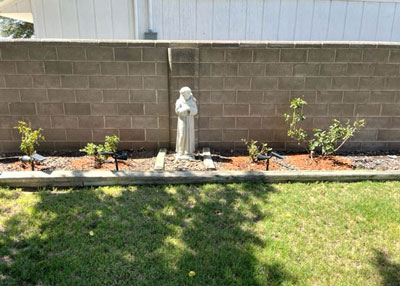
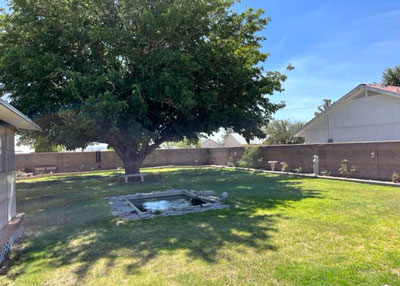
Answer: Terry, I loved getting your note from Marfa. When I was 8 or 9 I traveled with my dad as he did herbicide research for Texas A&M. He and mom had spent 16 or 17 years in Alpine where he headed the Biology Department during the Depression and WWII. I was 2 when we moved from the Big Bend Country to College Station, so all of my memories were from those return visits my folks made, many of them including Marfa.
So I know the challenges you face in keeping your landscape so tidy in the arid climate.
Heat alone won’t shut the roses’ growth down. They won’t bloom very well, but they should be able to grow. You also have cooler nights than the eastern half of the state, where until rose rosette virus moved in, roses did very well.
I don’t believe your mulberry’s roots could be impacting the roses from that great distance. Even if they were, you could compensate for that with the garden hose.
So that leaves me with two thoughts. I wonder if it would help if you were to try planting 4 or 5 new roses next spring in a raised bed where you could prepare the soil absolutely perfectly. Incorporate 6-8 inches of a combination of types of organic matter (peat moss, compost, rotted manure, etc.) into the top foot of soil. It’s not like you need to ensure good drainage – not where you are, but they would love to have that great soil. And then be sure you get absolutely perfect plants that are healthy and vigorous.
Just for the record, here is a link to the information I leave archived on my website about rose rosette virus. I don’t see it on your plants, but you surely don’t want to buy it and bring it in with new plants.
QUESTION 8
WHY IS THE BARK PEELING OFF MY REDBUD TREE?
Question: What caused the bark to peel off the trunk of my Texas redbud? It looks like insects have left tunnel marks where the bark fell off. Below that I had painted what I thought was freeze damage from 2020. Wayne H., Georgetown.
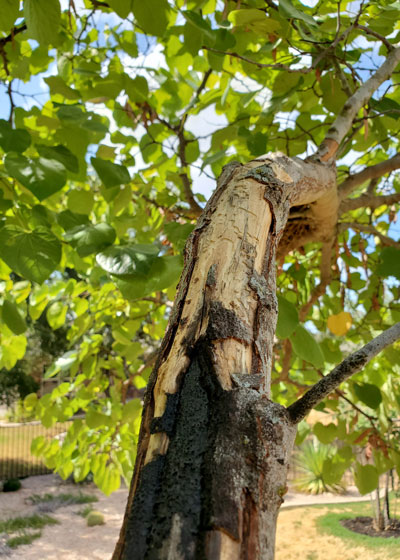
Answer: Your tree has been visited by borers. They’re the insects that have caused the tunnels. In my experience, the one that invades redbuds (and silver maples) is the redheaded wood borer. The adult looks like a small yellow jacket, and the exit holes left when the larvae have pupated and emerged are about the size of a pencil lead. They often show up after there has been decay on the trunk, but I also see them as redbuds reach maturity of 20 to 30 years. At this point there isn’t much more that can be done for this trunk, but I’ve noticed that usually redbuds will send up new sprouts from their bases when the original trunks die back. You’ll probably be able to salvage a multi-trunk redbud fairly quickly as that happens.
QUESTION 9
WILL OVERLAYING MY ST. AUGUSTINE WITH PEAT MOSS HELP IT RECOVER?
Question: Despite my efforts to combat chinch bugs, they and water restrictions have devastated my St. Augustine. Will overlaying it with several inches of peat moss in the fall help it recover? Jack K., Bryan.
Answer: Not at all. Plus it would be a terrible expense. There was a time when a 1-inch layer of sphagnum peat moss was recommended to control take all root rot in the spring, but that has shifted now that the fungicide Azoxistrobin has been given label clearance for the disease. Save the peat moss for amending your garden soils. Unfortunately, if your St. Augustine has been killed, you’re going to have to replant it next spring.
QUESTION 10
BLACK DIAMOND CRAPE MYRTLES
Question: Could I have your opinion on Black Diamond crape myrtles? Jerry F., Denton.
Answer: These came into the market 10 or 12 years ago and have some of the darkest foliage of any crape myrtle varieties. In that context, they are absolutely lovely. Folks have reported that they are rather shy to bloom and a bit slow growing to their mature heights of 10 feet.
QUESTION 11
TAKE ALL ROOT ROT IN BERMUDA – SHOULD I REPLACE THE SOIL?
Question: This area of bermuda was confirmed by A&M as take all patch. I’ve followed all of their management suggestions with no improvement. Would it help to dig out the soil and replace it? If so, how deep should I go? Steve M., McKinney.
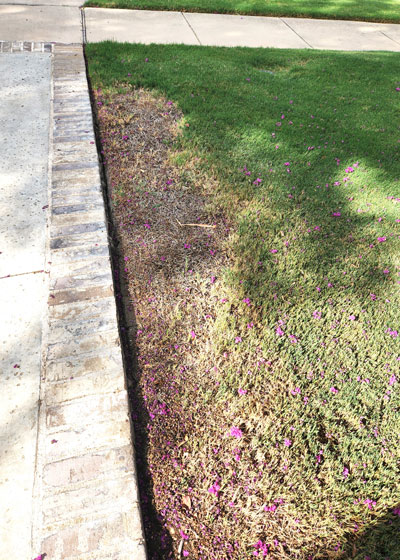
Answer: I’m assuming you had a sample run through the Plant Disease Clinic at Texas A&M in College Station? Or at least looked at with a hand lens by an Extension plant pathologist or turf specialist? It’s somewhat uncommon to see TARR in bermuda turf. In those cases the organism is referred to as bermuda decline. The methods of dealing with it are the same as for St. Augustine and zoysia, namely trying to lower the soil’s pH and use of a labeled fungicide. I spent half an hour online looking at university websites. Most of them were discussing golf greens and other professional turf, but they did suggest aeration to help break down any thatch. I can’t picture removing topsoil as a means of dealing with it. I would continue to work through the A&M Extension specialists to try to determine your best approach. Google “bermuda decline” as I did and you may find additional help.
QUESTION 12
WHAT ARE GROWTHS ON LEAF TISSUES?
Question: I’ve grown voodoo lilies for years, but I’ve never had this kind of growth on them. Is this a gall? Should I be concerned about them? Jay A., Colleyville.
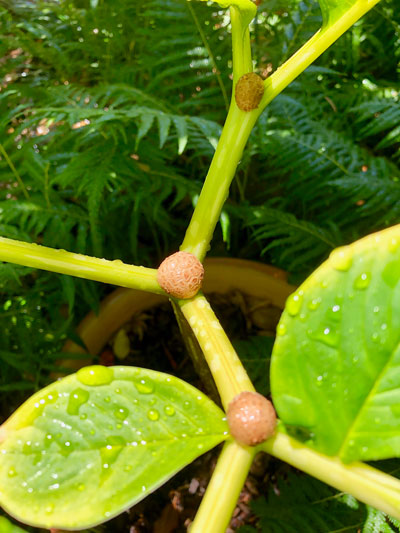
Answer: I wasn’t concerned about it being any kind of an insect- or disease-caused gall. But, I’ve grown voodoo lilies years ago, and I didn’t recall seeing these. I spent a good while online and didn’t find any particular reference to them, although I did see comments about “bulbils.” Our friend and contributor to e-gardens, Steven Chamblee from the Longview Arboretum has grown a lot of them back when he worked at Chandor Gardens in Weatherford, and he confirmed that they are natural to the plants – indeed, that they are bulbils. They are the plants’ way of propagating themselves. He said his plants have gone years without producing them, then shown up with many, perhaps due to stressful growing conditions. That might explain why you’re seeing them this year.
